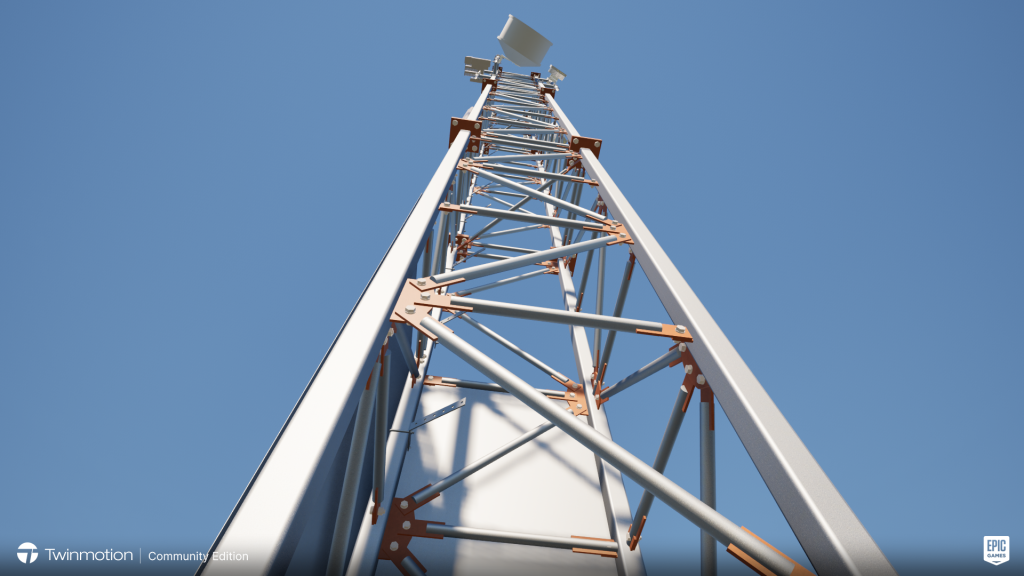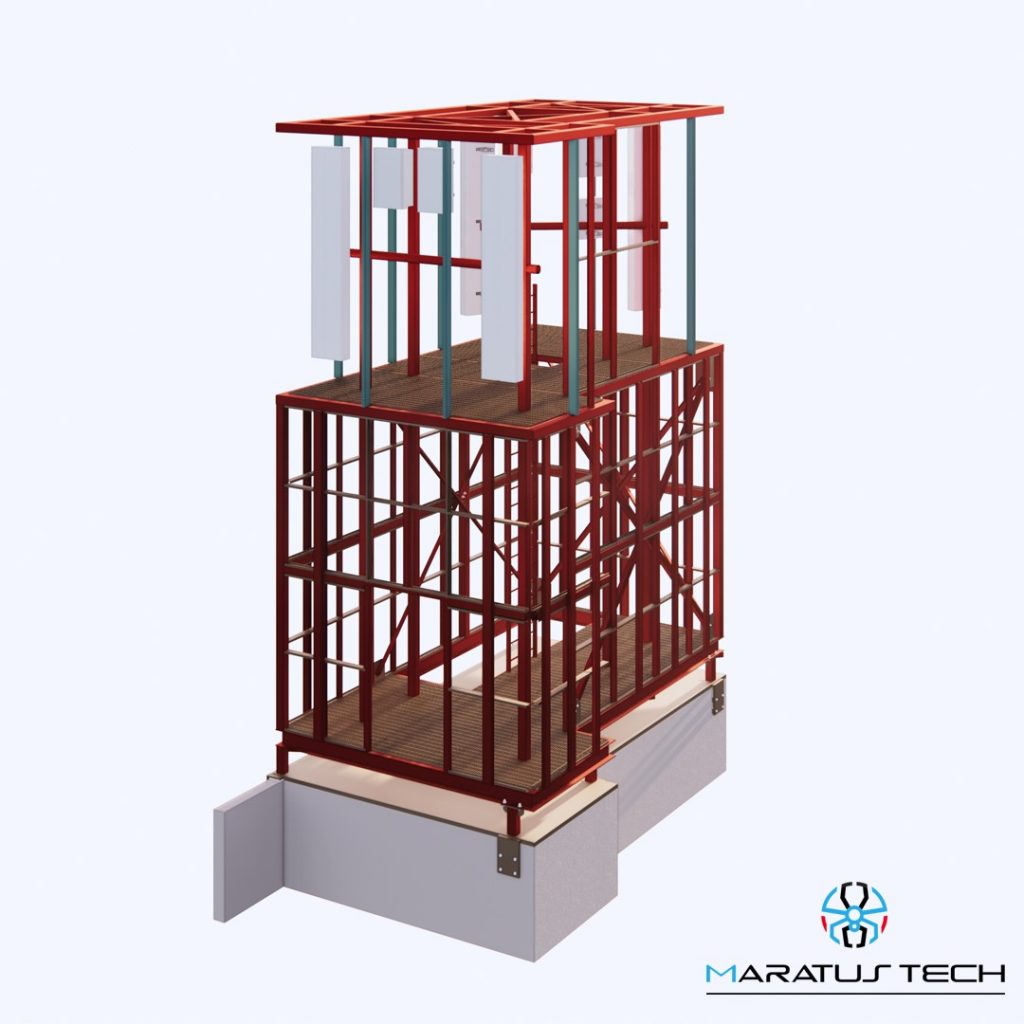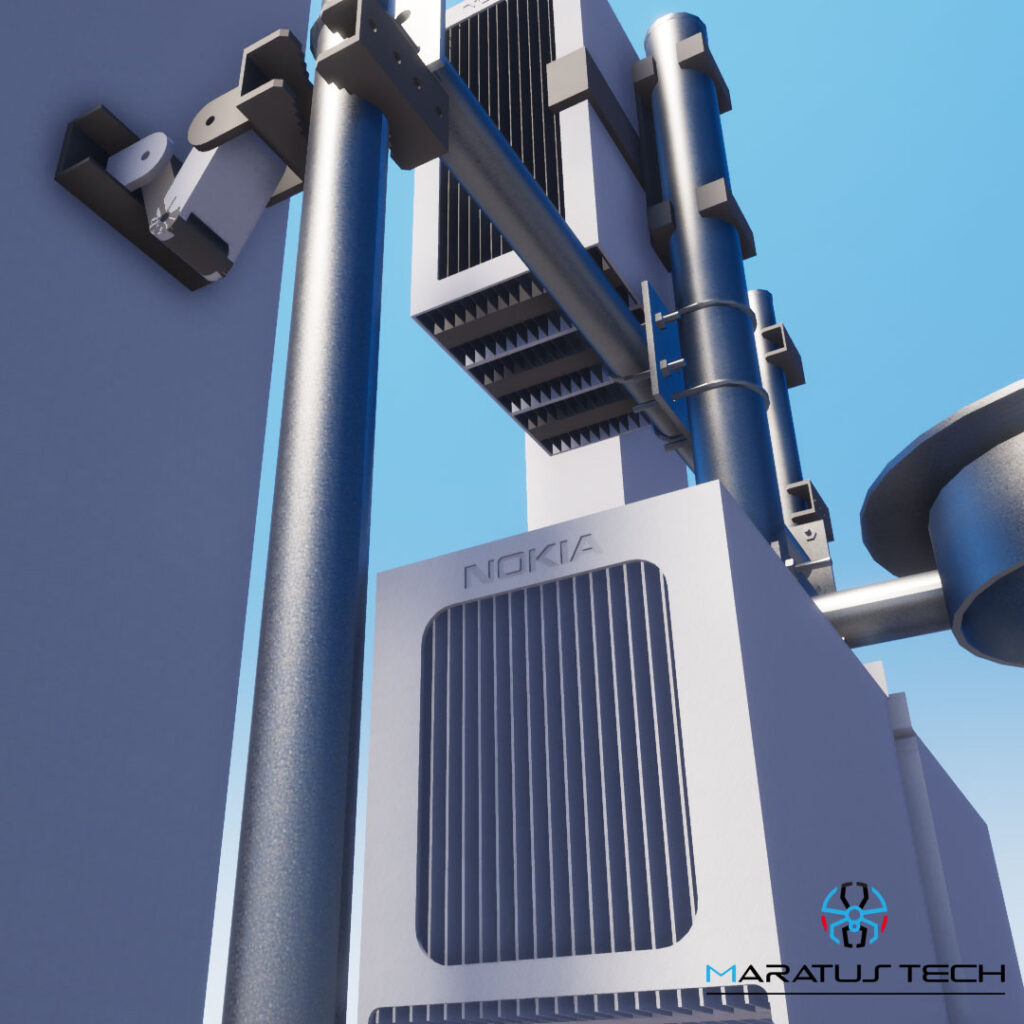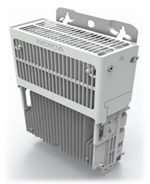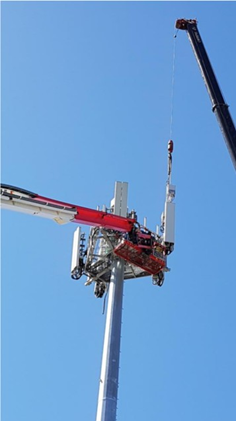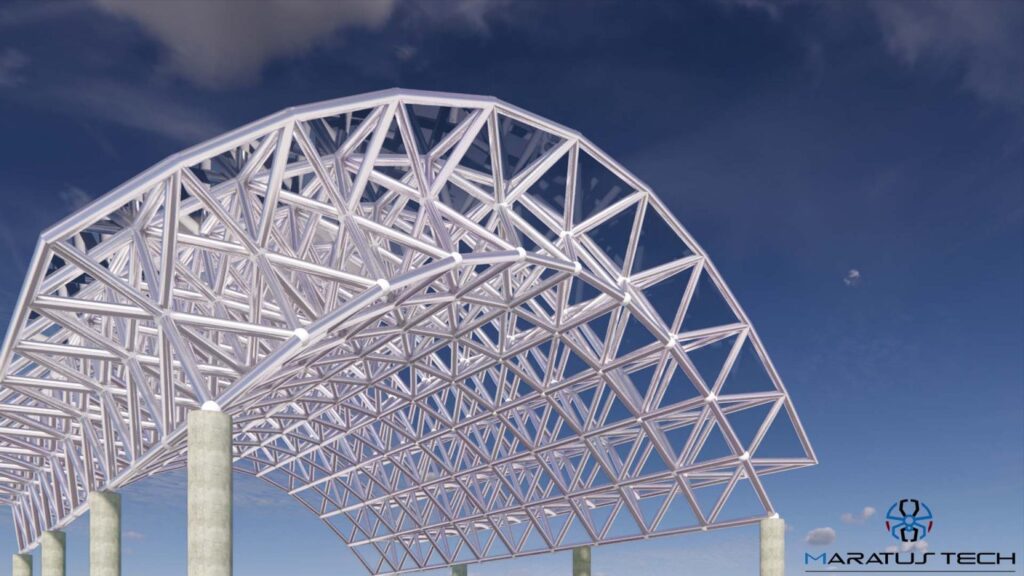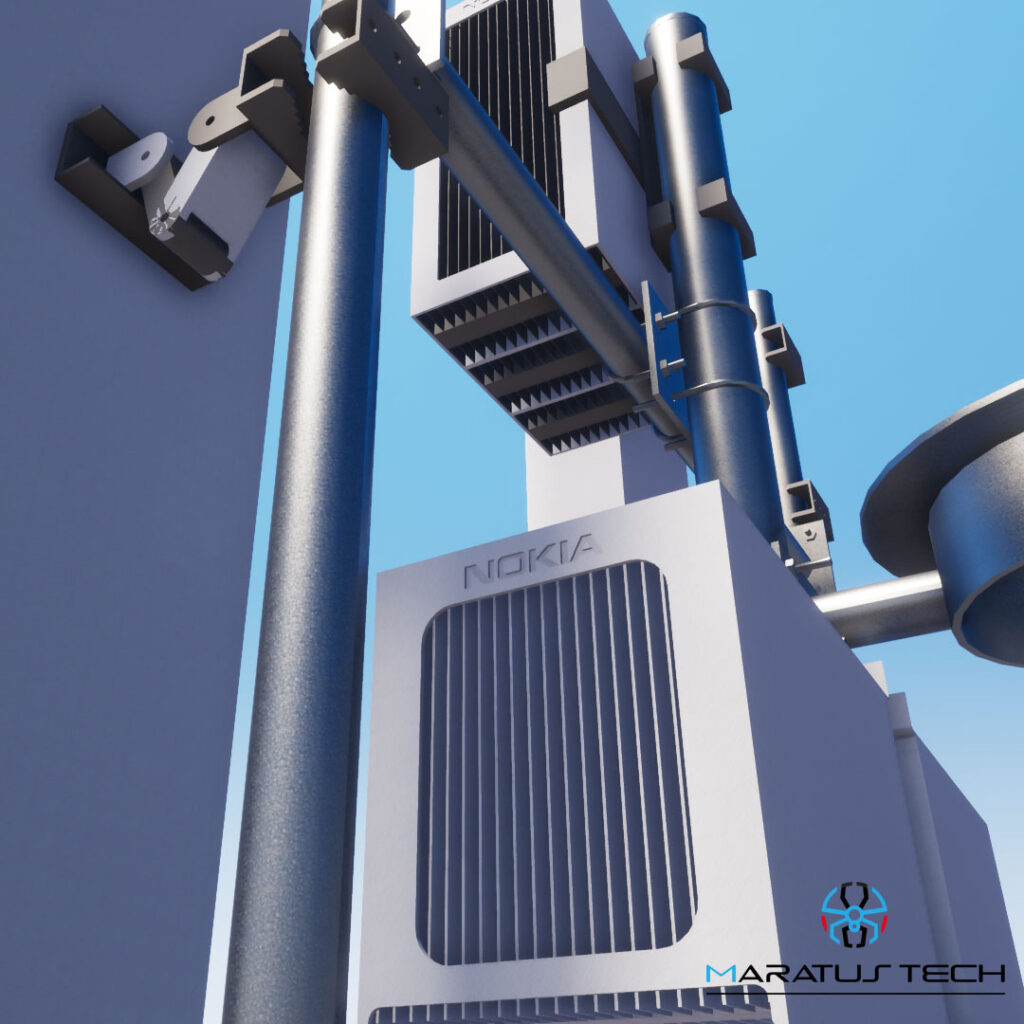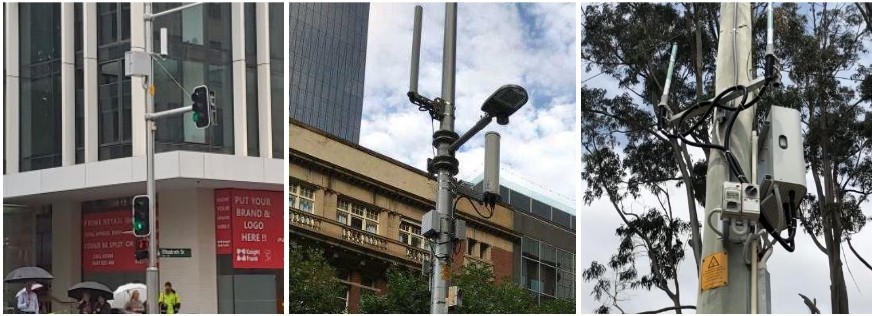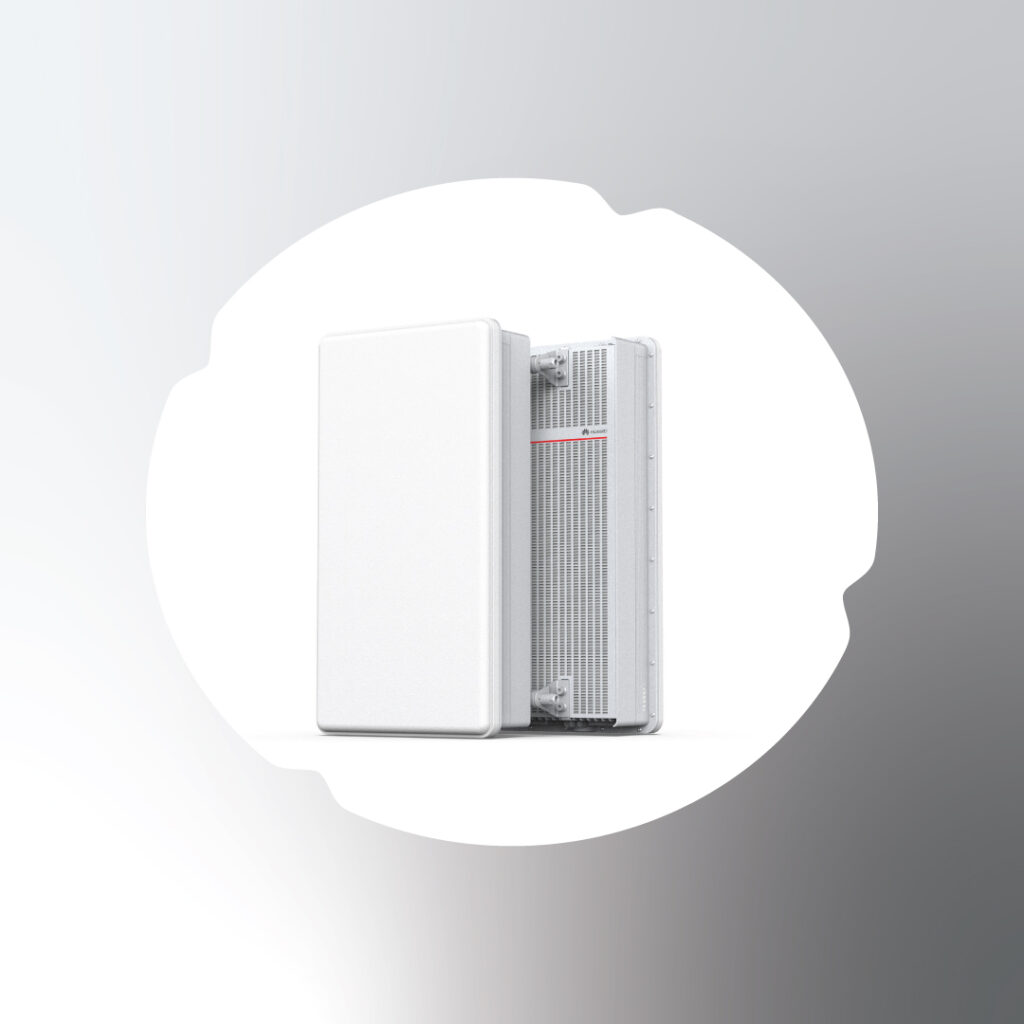Blog
Best Practices for Designing Fences at Optus Telco Sites

Designing fences for telco sites, such as those operated by Optus, involves balancing security, regulatory compliance, and aesthetic considerations. A well-designed fence not only protects valuable infrastructure but also integrates seamlessly into the surrounding environment. In this comprehensive guide, we’ll cover the key components, best practices, and tips for creating effective fence designs for Optus telco sites.
Key Considerations for Optus Telco Site Fence Design
Security
- Material Selection: Opt for robust materials like steel or reinforced concrete to enhance the security of the site.
- Height: Ensure the fence is tall enough (typically around 2.4 meters or 8 feet) to prevent unauthorized access.
- Anti-Climb Features: Incorporate features such as barbed wire or razor wire at the top of the fence to deter climbing.
Compliance
- Regulatory Standards: Adhere to local and national regulations governing fence construction around telco sites.
- Permits and Approvals: Secure all necessary permits and approvals from relevant authorities before starting construction.
- Environmental Impact: Design the fence to minimize its impact on the local environment, protecting wildlife and vegetation.
Aesthetic Appeal
- Design Harmony: Choose materials and colors that blend with the surrounding environment to maintain visual harmony.
- Landscaping: Use landscaping elements like shrubs and climbing plants to enhance the fence’s appearance and integrate it into the site.
Best Practices for Optus Telco Site Fence Design
- Conduct a Site Assessment:
- Perform a comprehensive site assessment to identify security risks and determine the best fence location.
- Choose the Right Materials:
- Select high-quality materials that ensure durability, security, and aesthetic appeal. Consider options like steel, aluminum, or composite materials.
- Ensure Proper Installation:
- Hire experienced contractors to ensure the fence is installed correctly, complying with all regulatory requirements.
- Incorporate Security Features:
- Enhance security by adding surveillance cameras, motion sensors, and proper lighting around the fence.
- Maintain the Fence:
- Regularly inspect and maintain the fence to ensure it remains in good condition and continues to provide effective security.
Tips and Tricks
- Use Modular Designs:
- Modular fence designs can be easily expanded or modified, providing flexibility for future site changes.
- Incorporate Access Control:
- Integrate access control systems such as automated gates and keycard readers to enhance security and manage site access efficiently.
- Plan for Future Expansion:
- Design the fence with future expansion in mind, ensuring it can accommodate growth and changes to the telco site.
- Consider Aesthetic Enhancements:
- Use decorative elements or themed designs to make the fence visually appealing without compromising security.
- Community Engagement:
- Engage with the local community to gather feedback and address any concerns about the fence design and its impact on the area.
Conclusion: Designing fences for Optus telco sites requires a strategic approach that balances security, compliance, and aesthetic considerations. By following the best practices and tips outlined in this guide, you can create a fence that protects critical infrastructure while enhancing the visual appeal of the site.

